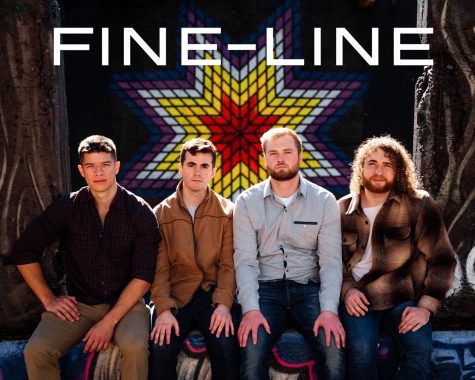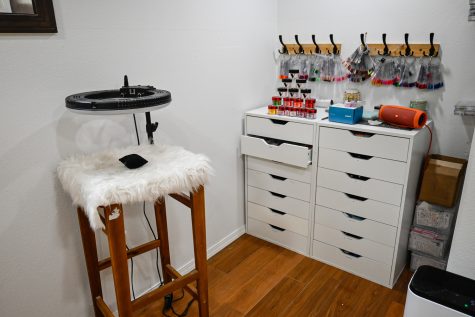Men’s magazines associated with intent to sexually coerce
July 13, 2016
For years, associate professor of communication Stacey Hust has studied the media’s effect on attitudes and behaviors.
In a recent study, Hust and Kathleen Boyce Rodgers, associate professor in human development, identified factors associated with sexual coercion and intentions to intervene in situations of sexual coercion.
Hust and Boyce Rodgers interviewed 277 college students through an online survey to determine the influence of magazines on intended behaviors or attitudes.
Hust had a paper published in 2014 in the Journal of Sex Research on the association between magazine exposure and consent negotiation. In her paper, Hust identified that exposure to men’s magazines was associated with decreased intentions to ask for sexual consent as well as decreased intentions to adhere to a partner’s sexual consent decision.
“People were interested in this idea that what we see in magazines can actually have an effect on what we intend to do,” Hust explained.
Men’s Fitness recently published an article titled “How to Turn a ‘No’ into a ‘Yes,’” causing an uprising on Twitter and ultimately forcing Men’s Fitness to pull the article. Hust and Boyce Rodgers agree that these kinds of articles are dangerous as they can have an effect on the intentions of the reader.
“Men’s magazines are highly sexualized, and the women are clearly objectified in the presentation, and men are hyper-masculinized,” Boyce Rodgers said.
According to their study, in comparing men and women, men were more likely to report intentions to sexually coerce, but Hust and Boyce Rodgers saw a small proportion of men who actually read these magazines consistently.
“All of our research is based on the idea that magazines promote sexual scripts for men and women. A heterosexual script can be that men are masculine by pursuing women, and that women will be submissive and that women are just there to serve men,” Boyce Rodgers said.
Rape myth acceptance is a set of beliefs that women are to blame for rape or that the perpetrators are excused. In their study, Hust and Boyce Rodgers found that rape myth acceptance was positively associated with intentions to be sexually coercive and negatively associated with bystander intervention.
“If you have these beliefs that women deserve it, you’re more likely to be coercive,” Boyce Rodgers said. “If you believe that it is not women to blame, then you’re more likely to step in.”
Their research also showed that women’s magazines are associated positively with women being able to refuse or have the intention to refuse unwanted sexual activity.
“There’s an alternative script for women that’s included in at least some magazines, that women have sexual agency and can be sexual aggressors,” Hust said.
However, women’s magazines were not associated with being sexually coercive, but they were also not associated with intervening.
“One of these things we don’t know is if the messages around masculinity and coercion are already reinforcing existing attitudes,” Boyce Rodgers said.
While Hust and Boyce Rodgers have studied the effects of magazines on their readers, misogynistic messages are present in multiple forms of media.
“We have used magazines in both of our studies because they are so gendered, either targeted to men or targeted to women,” Hust said, “but these types of messages are prevalent in multiple types of media, including television and music.”
Hust calls for media literacy to educate people to view these media messages and critique them, as the people who spoke against the Men’s Fitness magazine on Twitter did.
“The media does have some effect, and magazines are playing a role,” Hust said. “We either need to teach people to be more literate, or we need to change the media completely.”




















